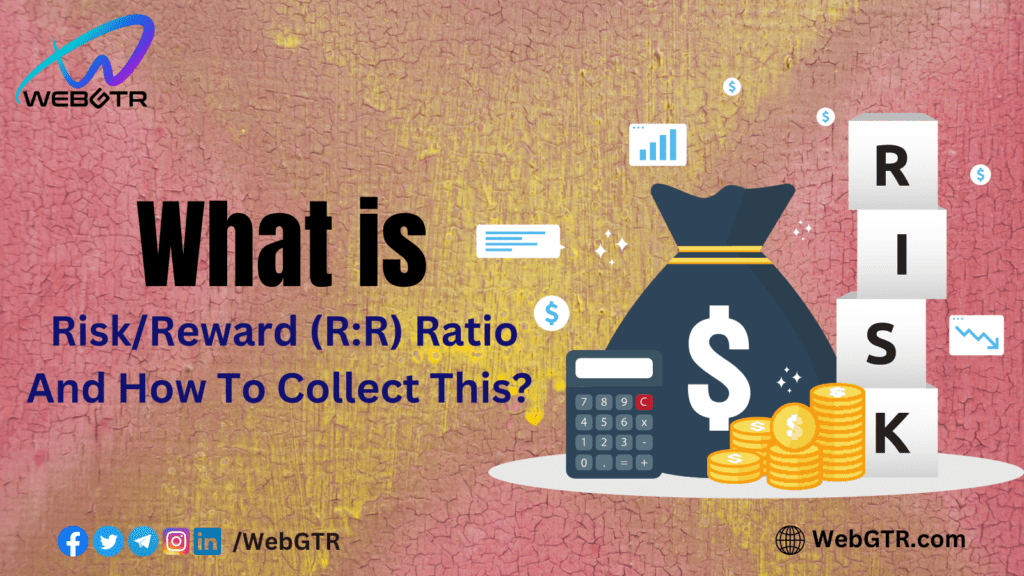
What is Risk/Reward (R:R) Ratio?
Whether you’re engaged in day trading or swing trading, understanding fundamental risk concepts is essential. These concepts serve as the bedrock of your market comprehension and provide a framework to guide your trading decisions, safeguarding and expanding your trading account.
One crucial concept is the risk/reward ratio (R/R ratio or R), which assesses the risk a trader assumes compared to the potential reward. In simpler terms, it reveals the potential reward for each dollar you put at risk in an investment.
Calculating the risk/reward ratio is straightforward. Divide your maximum risk by your net target profit. To do this, determine your desired entry point for the trade, then decide where to take profits if the trade is successful and where to set your stop-loss if it turns into a losing trade. This step is vital for effective risk management. Skillful traders establish profit targets and stop-loss levels before initiating any trade.
Once you have both entry and exit targets established, you can compute the risk/reward ratio by dividing your potential risk by your potential reward. A lower ratio indicates a higher potential reward for each “unit” of risk assumed. This understanding is critical for making informed trading choices and ensuring optimal risk management in your trading activities.
How to calculate the risk/reward ratio?
Let’s consider a scenario where you plan to enter a long position on Bitcoin. After conducting your analysis, you determine that your take profit order will be set at 15% above your entry price. Simultaneously, you address a crucial question: Where is your trade idea invalidated? That point should guide you in setting your stop-loss order. In this case, you decide that your invalidation point is 5% below your entry price.
So, your profit target is 15%, and your potential loss is 5%. Now, let’s calculate the risk/reward ratio. It is 5/15 = 1:3 = 0.33. This ratio signifies that for every unit of risk taken, there is the potential to gain three times the reward. In simpler terms, for every dollar of risk assumed, there’s the possibility of gaining three dollars. For instance, with a position worth $100, you would risk losing $5 for a potential profit of $15.
Understanding the risk/reward ratio in this manner allows you to make informed trading decisions, assess the potential rewards in proportion to the risks undertaken, and implement effective risk management strategies.
Looking for Blockchain Development, NFTs, Website Design, Token Creation, or Other services? Reach out to us at WebGTR. Let’s discuss and bring your vision to life.
Website | Twitter | Instagram | Telegram Official Group | WhatsApp


Leave a Reply